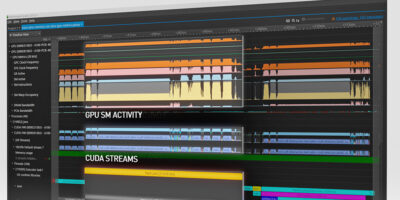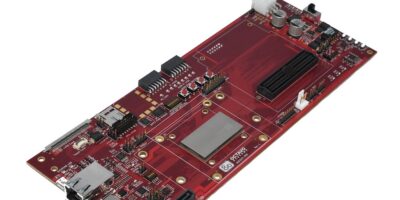Version 6.0r1 of the VX-Toolset compiler toolchain for Arm Cortex-M also supports Infineon’s Traveo T2G microcontroller family.
The Traveo T2G microcontroller family is based on Arm’s Cortex-M4 / Cortex-M7. Infineon and Tasking have worked on software development tools for TriCore/Aurix (TC2x, TC3x and TC4x) and now with support for the Traveo T2G family, Tasking offers toolchains for Infineon’s entire microcontroller portfolio. Having compilers for both Traveo T2G and Aurix available from a single tool partner simplifies the work of users who use both microcontrollers.
The VX-Toolset for Arm Cortex-M is qualified according to ISO 26262 up to ASIL D. TÜV certification is planned for this year.
Tasking supplies a safety manual with the toolchain. As long as users follow the recommendations described there, they can use the toolchain for the development of safety-critical applications up to ASIL D without any further qualification measures, advises the company. This significantly simplifies and accelerates the certification of the system and reduces costs for the customer, says Tasking.
The VX-toolset for Arm Cortex-M v6.0r1 is available immediately.
Tasking Germany specialises in providing embedded software development tools. The company is headquartered in Munich, Germany. Tasking development tools are used by automotive manufacturers and the world’s largest Tier 1 supplier to realise high-performance applications in safety critical areas. The tools are used to develop the latest applications to optimum reliability, functional safety and performance standards.







